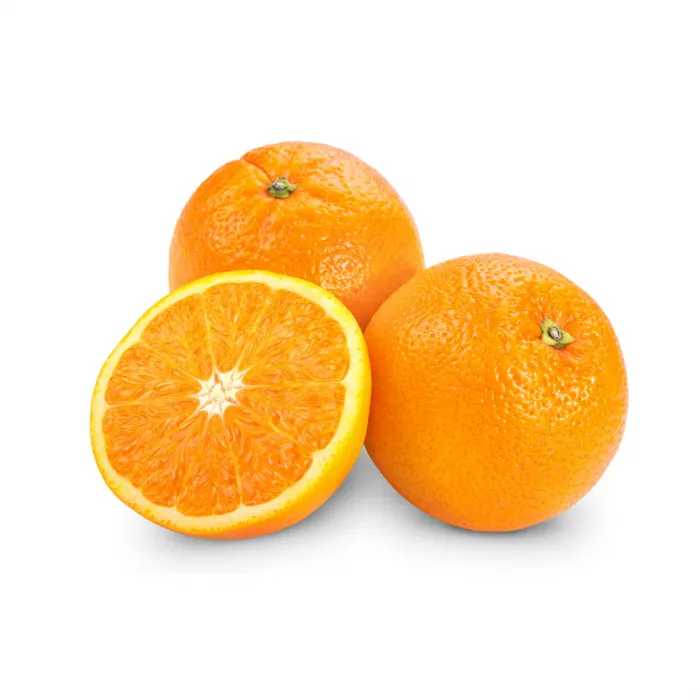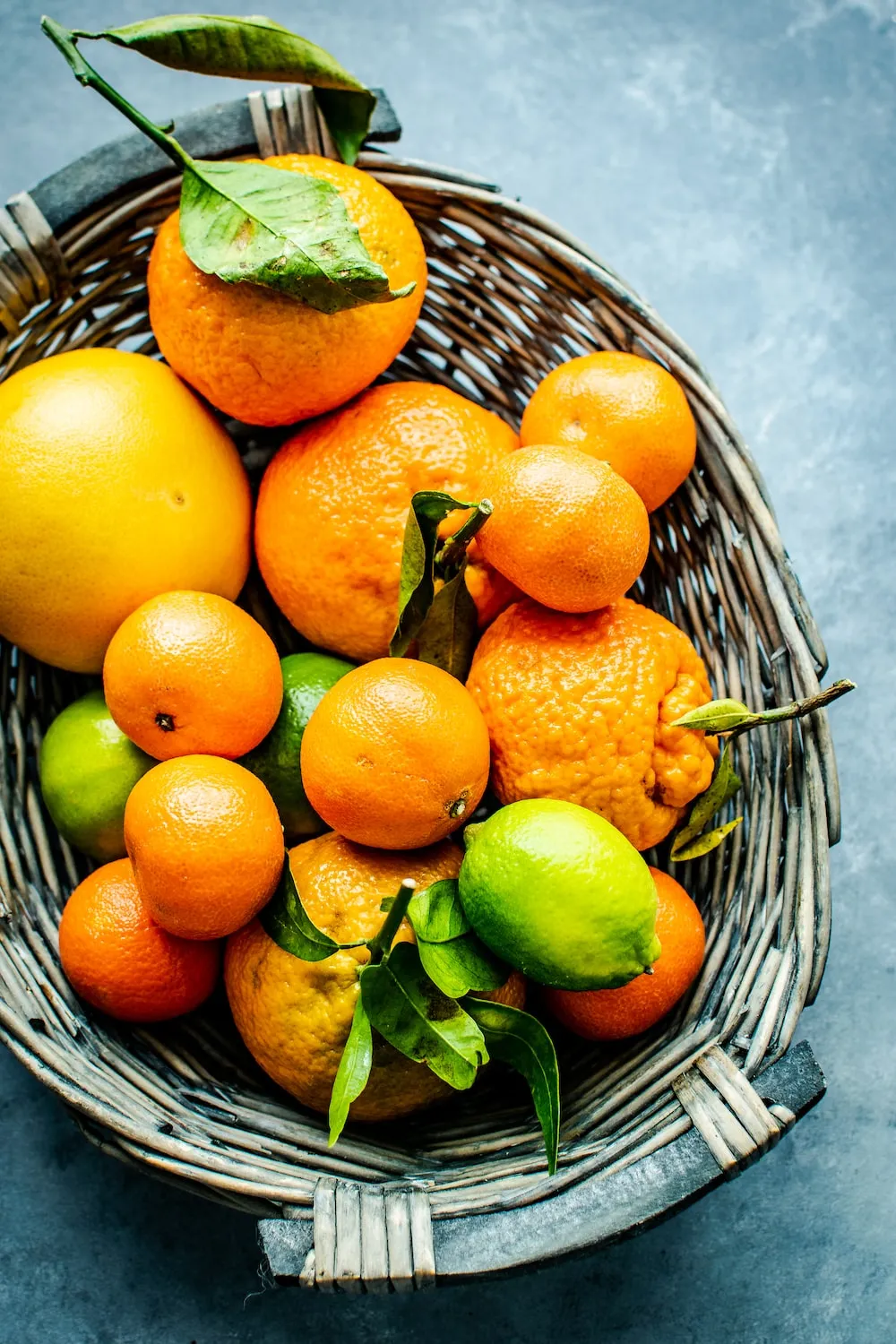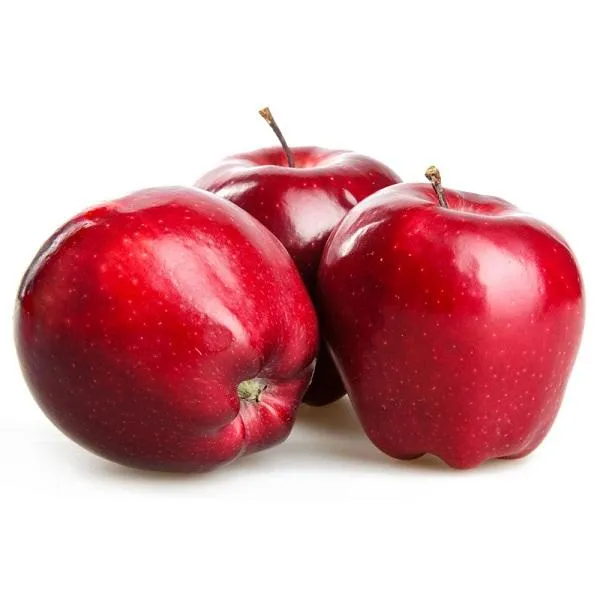When it comes to kiwi fruits, most of us are familiar with the green variety. However, in recent years, a new contender has emerged – the yellow kiwi. This article aims to shed light on the key differences between yellow and green kiwi varieties. We will explore the advantages of each type, factors to consider when purchasing them, and provide ideas on how to best incorporate them into your diet.
Buying Yellow Kiwi vs. Green Kiwi:
When selecting a kiwi, color is often the first differentiating factor that catches our attention. The traditional green kiwi has a rough, fuzzy skin with a vibrant, emerald hue. On the other hand, the yellow kiwi boasts a smooth, hairless skin that is a golden-yellow color.
Considering taste and texture, green kiwi tends to be tangier and more acidic, with a hint of sweetness. The yellow kiwi, on the other hand, is often described as sweeter, juicier, and milder in flavor. Some individuals who find the tartness of green kiwis too intense may prefer the mellower taste of the yellow variety.
The Best Types of Yellow Kiwi vs. Green Kiwi:
When it comes to choosing the best types of kiwi, both green and yellow have outstanding options to offer. The most common variety of green kiwi is the Actinidia deliciosa, while the most sought-after yellow kiwi type is the Actinidia chinensis.
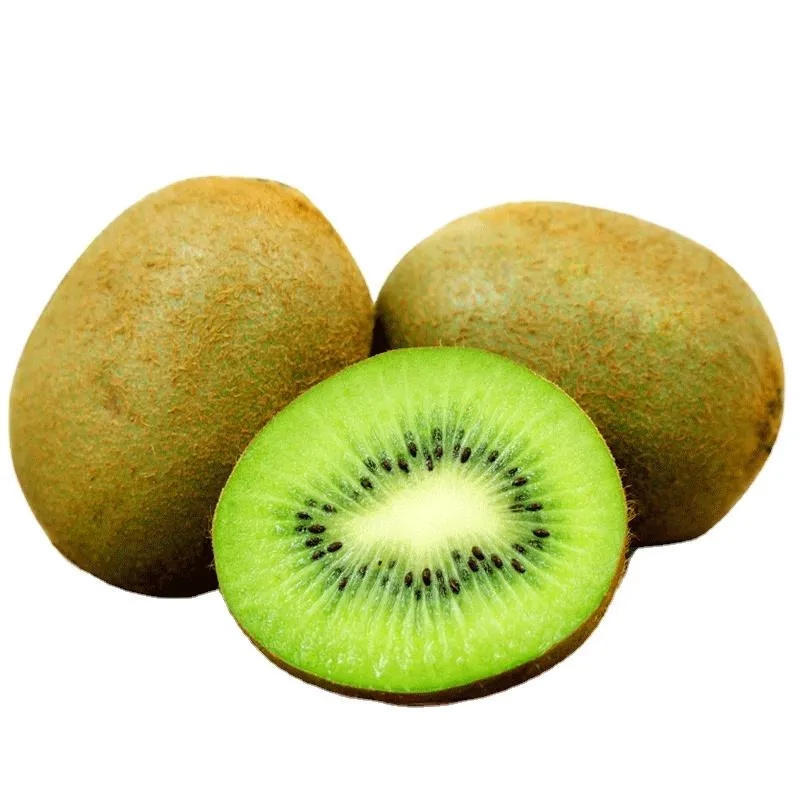
If you prefer a green kiwi, look for the Hayward cultivar, which is known for its exceptional flavor and juiciness. Alternatively, you can opt for the Sungold variety if you prefer the sweeter taste of the yellow kiwi.
How to Use Yellow Kiwi vs. Green Kiwi:
The versatility of both yellow and green kiwi allows them to be used in a variety of ways. Here are some ideas on how to make the most of them:
1. Fresh Consumption: Both yellow and green kiwi can be enjoyed on their own as a healthy snack or added to fruit salads, offering a refreshing burst of tangy or sweet flavors.
2. Smoothies and Juices: Blend kiwi fruits with a variety of other fruits, such as bananas, strawberries, or oranges, to create delicious smoothies or juices packed with vitamins and fiber.
3. Desserts and Baking: Kiwi adds a delightful pop of color to desserts like tarts, pies, cakes, and puddings. Add slices or chunks of kiwi to fruit tarts or top cheesecakes with slices for an appealing aesthetic.
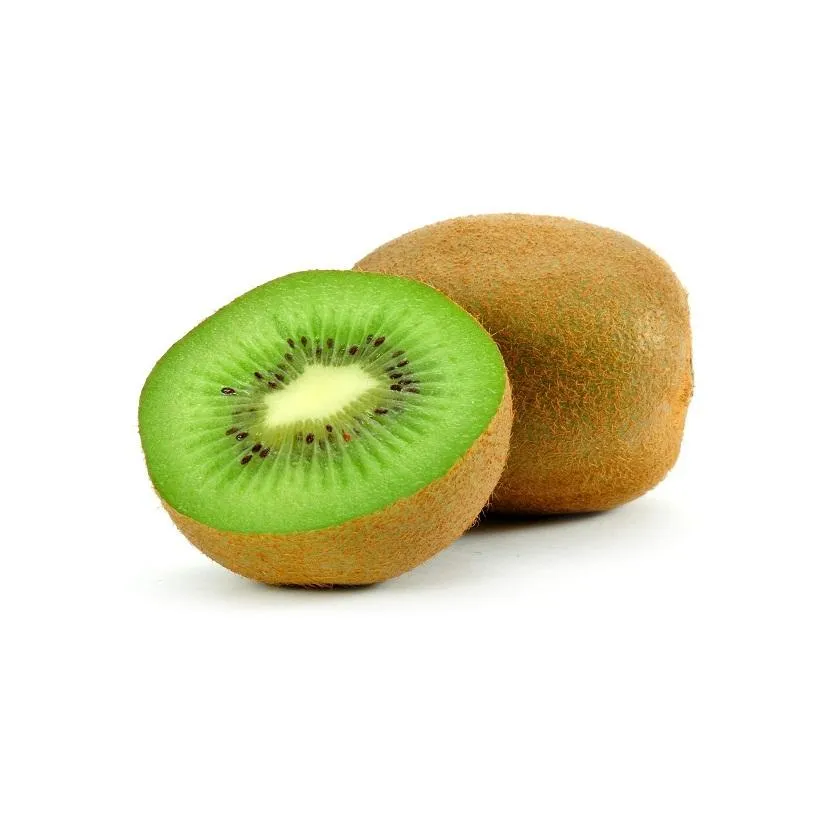
4. Savory Applications: Green kiwi can be used in savory dishes as a tenderizer, owing to its natural enzyme called actinidin. Marinate meats with kiwi for a flavorful and tender outcome.
5. Salsas and Chutneys: Combine kiwi with ingredients like onions, peppers, and cilantro to create vibrant salsas and chutneys that pair well with grilled meats or fish.
Whether you opt for the traditional green kiwi or venture into the world of yellow kiwi, both varieties offer a range of flavors and nutritional benefits. Green kiwi tends to be tangier and more acidic, while yellow kiwi is sweeter and juicier. Ultimately, the choice comes down to personal preference and the intended use of the fruit. Whichever variety you choose, incorporating kiwi into your diet is a great way to enjoy a delicious and nutritious treat.The health benefits of both yellow and green kiwi are worth mentioning. Kiwi fruits are known to be rich in vitamin C, fiber, and antioxidants. They are also a good source of vitamins E and K, as well as several essential minerals like potassium and folate.
Green kiwi is particularly known for its high vitamin C content, which supports a healthy immune system and promotes collagen production. It is also packed with dietary fiber, aiding digestion and promoting a healthy gut.
Yellow kiwi, while also containing vitamin C and fiber, has a higher concentration of vitamin E compared to its green counterpart. Vitamin E plays a crucial role in skin health, protecting cells from damage caused by free radicals.
In terms of appearance, the yellow kiwi’s golden hue can bring a vibrant touch to a fruit platter or garnish, while the green kiwi’s emerald color adds contrast to any dish. The choice between the two often comes down to personal preference, taste, and the desired aesthetic.

When purchasing kiwi, there are a few factors to consider. Look for fruits that are firm but not too hard, as well as ones that yield slightly to gentle pressure when ripe. Avoid kiwis that are excessively soft, mushy, or have wrinkles, as they may be overripe. Both yellow and green kiwi should have unblemished skin, free of bruises or cuts.
In conclusion, while green kiwi has been the more traditional choice for many years, yellow kiwi offers a sweeter and milder alternative. With its unique taste and nutritional profile, yellow kiwi has gained popularity among those seeking a different kiwi experience. Ultimately, whether you prefer the tanginess of green kiwi or the sweetness of yellow kiwi, incorporating either variety into your diet can provide a burst of flavors alongside numerous health benefits. Experimenting with these versatile fruits opens up a world of possibilities in terms of both taste and culinary creativity.

